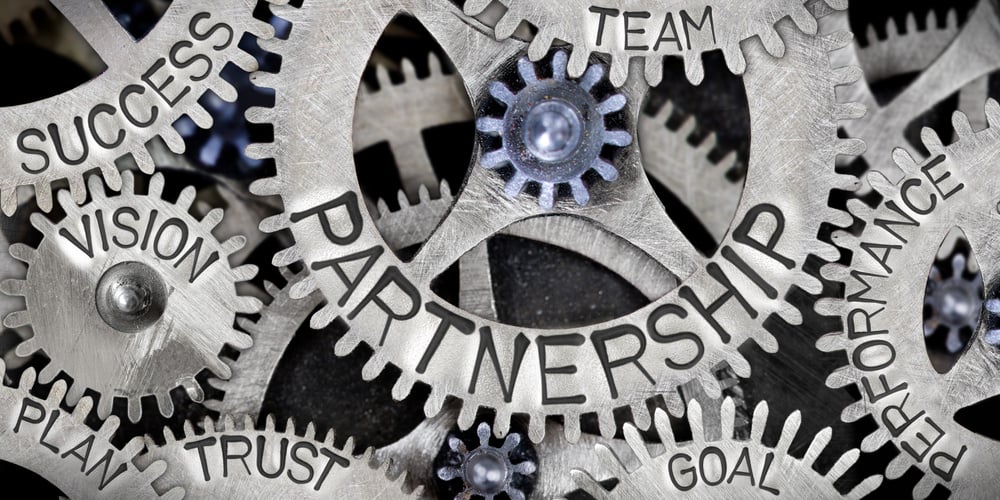Medical billing is a complicated system with one simple goal, to ensure that healthcare providers are properly reimbursed for their services. In pursuit of this goal we must take into consideration how an EHR can help practices increase their collections and be more productive. Here we'll cover some common areas where the use of an EHR impacts billing and coding and how your practice can avoid potential errors while maximizing revenue.
Using an EHR software can significantly streamline administrative work saving your practice time while also increasing productivity. But EHRs are also extremely beneficial to your practice's billing operations. With features that assist with things like coding, denial management, and charge capture, EHRs are helping practice's increase revenue and better manage the revenue cycle. Here's how:
The Impact an EHR Has on Your Medical Coding
Medical coding plays a critical role in preventing denials, claim rejections, and proper reimbursement. EHR systems have released numerous features over the years to help with things like provider documentation, code look up/search and claims scrubbing.
Insurers have exacting demands for claims, and they frequently change. Denied claims are a major source of lost revenue for medical practices. In fact, denied, rejected, resubmitted and underpaid claims can cost your practice as much as $100,000 per month according to the AMA.
Keeping claim rejection rates low should be a top priority for practices.
Claim rejections (which don't usually involve denial of payment) are often due to simple clerical errors, such as a patient's name being misspelled, or digits in an ID number being transposed. These are quick fixes, but they do prolong the revenue cycle, so you want to avoid them at all costs.
Your EHR software should help you run an analysis on the claims that are being rejected and provide clear, concise language with the error codes. This feature will let users analyze the reasons for claims rejection and make necessary changes to prevent ongoing, repeat problems with claims.
Incorrect diagnosis and/or procedure codes can result in claim denials. While these situations can often be successfully appealed, again prevention is better. There's no substitute for well-trained coders and the use of an EHR software to manage denials.
EHRs make denial management fairly simple to measure. You should be regularly looking at your practice's denial data to find out the sources of the denials. Identify the top three to five reasons for your practice’s denials and take action.
Physician documentation can play a huge role in denials as well which leads me to my next point- upcoding.
Physician Documentation
Depending on your current EHR software, it may be extremely simple to document or it could be very challenging. Most advanced EHR systems allow for a variety of documentation options that include free text, structured fields, or voice-to-text.
Electronic Health Records are designed to help practice’s save time, improve the quality of documentation, and ultimately provide better patient care. Hopefully you are seeing these benefits with your EHR.
However, some features of electronic health records could endanger your business and lead to False Claims Act violations. Besides helping practices save time and improve documentation, they've also made it pretty easy to point and click through a note which can ultimately lead to a higher level of service assigned to the note resulting in overpayment. Such charges may go undetected until a number of complaints are made, or an auditor goes through billing records carefully.
Simply using an EHR won't lead to upcoding or fraud but selecting codes within an EHR should be done with caution. This is also where it becomes very beneficial to have a Certified Professional Coder reviewing every claim.
Understanding abusive charging practices can help your practice avoid this from happening. Here are a few other tips to help your practice avoid false documentation of care:
- Be careful what you import from the patient’s previous exam
- Include all the elements of the visit
- Keep your default settings up-to-date
- Always practice accurate and ethical documentation
- Don’t take shortcuts with documentation
- Review before closing notes for accuracy
- Limit copy and paste functions
- Addenda only pertinent clinical information not just revenue based information
- Customize your templates-Build one template for each level of MDM (low, moderate, and high complexity)
How an EHR Helps with the Charge Capture Process
The implementation of EHRs has no doubt delivered significant benefits to the healthcare industry. One area in particular is the charge capture process.
George Palma, MD, Medical Director at Simpler Consulting, outlines several EHR pros in an article published on Beckers Health IT and CIO Review. One Palma mentions in particular that we couldn't agree with more is charge capture.
Healthcare organizations keep track of ("capture") a patient's use of hospital resources, such as equipment, medical supplies, diagnostic testing, medication and hospital staff. These charges are recorded and then billed to patients and third-party payers. Often, the use of a resource may be overlooked. The process behind "charge capture" can be complex, making it very important that a system is in place to capture charges completely and correctly, maximizing the potential reimbursement for revenue.
With an EHR system, at least one diagnosis must be captured along with a level of service that documents what was done for the patient at the end of every encounter. Additionally, the EHR includes a list of selectable Current Procedure Terminology codes that allows for easy input and helps reduces errors, ensuring the right code is used.
Most EHRs today will have a mobile technology available to providers that can help with the charge capture process. The provider can enter the patient demographics and visit information on their smartphone or iPad and the device then communicates the information to the practice’s EHR.
Choosing the Right EHR and Medical Billing Software
The possibility of error propagation with EHR systems is considerably outweighed by the advantages these systems confer. The right EHR coupled with the right medical billing software reduces duplication of effort and shortens the healthcare revenue cycle in many ways.
But not all EHR and medical billing services solutions are alike, and not all work equally well for every type of practice. The choice of EHR and medical billing software should never be an afterthought, but should be carefully considered, since it can make an enormous difference in accuracy and success of medical billing services.
end-to-end rcm solution
Demand more from your revenue cycle.
Our integrated solution brings together robust data, intelligent claim handling, and performance consulting to guarantee a 10% increase in cash flow.








